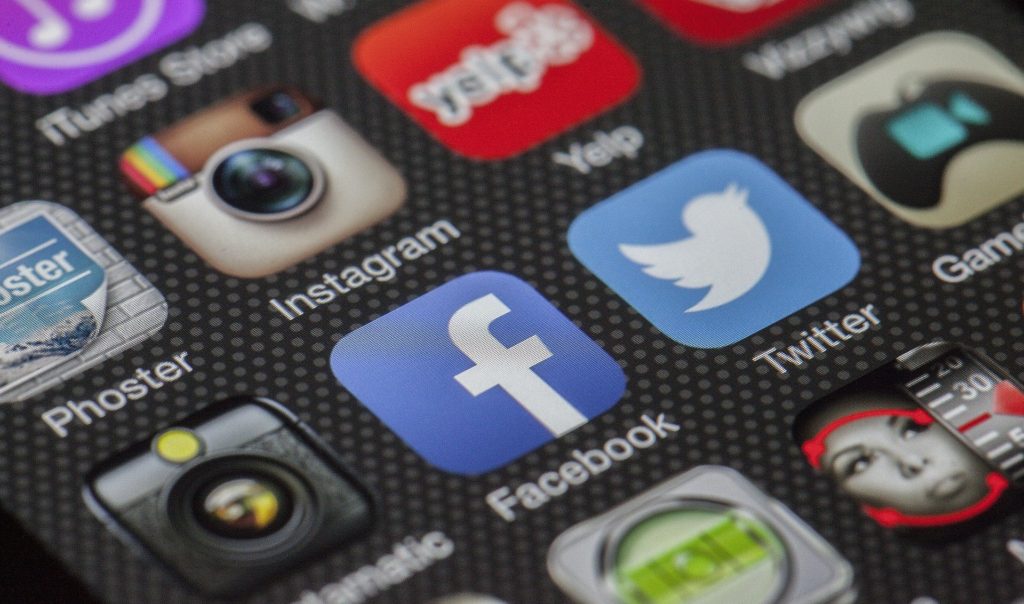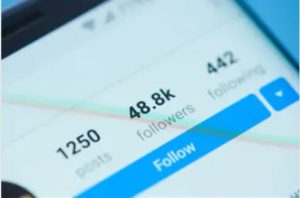Bill Gates once said, “If your business is not on the Internet, then your business will be out of business.”
This is a reality whether you are a professional artist who makes art for a living or a hobbyist who creates art with no absolute intention to sell.
The Importance of Social Media for Artists
As of July 2019, there are about 4.33 billion active users of the Internet worldwide, and 3.53 billion active users of social media (Global Digital Population as of July 2019 by Statista).
On average, global internet users spend 136 minutes per day on social media.
These numbers just show how crucial it is to have established accounts across several social media platforms.
You can’t just dilly-dally while your competitors are busy experimenting on different networks and are very much hands-on in building their presence online.
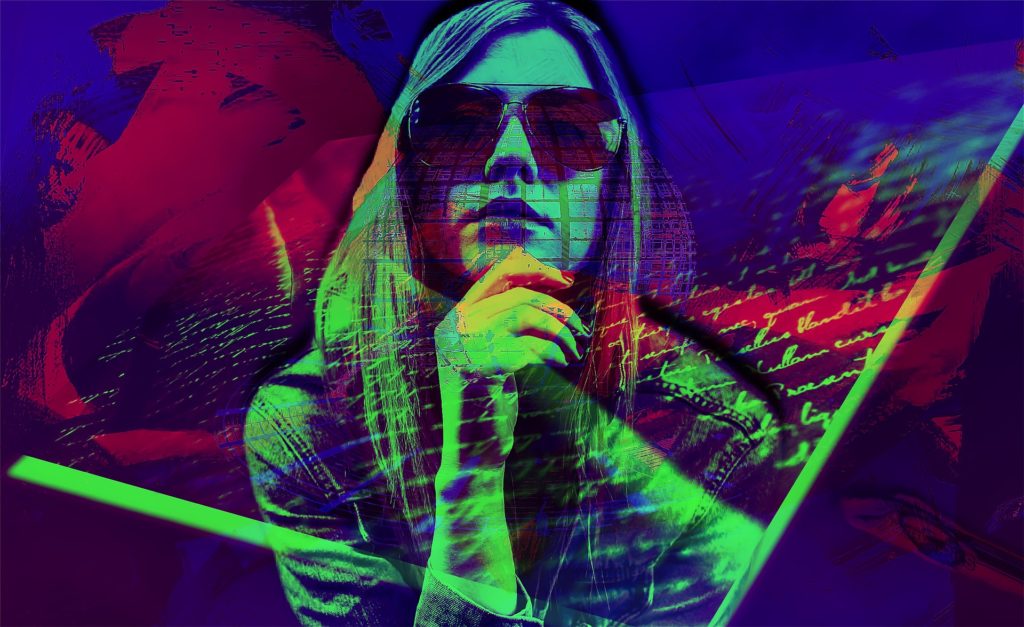
If you are not pressured in selling your works on the Internet, then what is your primary reason for putting your artworks online? Is it just for people to see your works? And then what’s your next objective?
Well, as long as your end goal is in reaching your audience, social media can be your best ally.
Social media promotion can also be tricky considering the many options to choose from. Although you can create as many social media accounts as you want, you may not want to go that route.
Your success in the World Wide Web is not dependent on the number of your social networking accounts. Instead, you need to direct your focus to have a strong foundation that is based on high quality and consistent content.
And when I say consistent, it means that you need to be active. It’s not enough to curate, create and share content. You need to engage with your audience.
With all of these things in mind, it would be more advantageous if you focus on one or two social media accounts at first. You can venture to other platforms in a month or two.
Or you can hire an assistant or a social media manager if you want to start and be active with at least three to four social media networks.
Choosing one or two platforms to start with is a pivotal decision. And I am happy to share my insights regarding some of the best social media for artists in 2019.
5 Best Social Media for Artists in 2019
1. Pinterest

Although Pinterest is more of a search engine than a social media platform, I deem it necessary to include it in my list of the best social networks for artists.
People go here to search for inspiration, ideas, and certain things under their interests. And artists can treat Pinterest as their digital scrapbook, where they can share (pin) their works or of other artists’.
The rich content in this platform can be overwhelming, and artists can be easily tempted to share things that are out of their niches.
But if you are serious about branding, you’d want to veer away from doing so because it can confuse your audience. People follow you because of your artworks, so you can just imagine their reactions if they see you share food, recipes, and other niches that are far from your expertise.
On the other hand, if you are working on a project that is inspired by food or anything unexpected from you, you can create a separate inspiration album containing this content.
This way, your audience will understand where you are coming from, and you’ll never know, your inspirations might also inspire them with their future projects.
A good rule of thumb when using Pinterest is to commit to pinning at least five times every day. And another important consideration if you want to maximize the benefits of this platform, is to have your website.
Pinterest can drive massive traffic to your site when used correctly and consistently and your website can also drive traffic to your Pinterest account.
You can enable shareable buttons on your page so that people can easily share your content to different social media channels.
This is just one way to drive traffic and to optimize your website. Feel free to check out these SEO tips and tricks for optimizing websites for art business.
2. YouTube

YouTube, just like Pinterest, is technically a search engine. But to some extent, it can also be considered as a social media platform, since it also allows engagement between content creators and their audience.
Moreover, several artists, influencers, marketing professionals and online superstars use YouTube videos to relay their message to their target market in a more compelling way.
Without a doubt, videos play an important role in marketing. A staggering statistic by Cisco revealed that by 2020 82% of all consumer website traffic will be coming from videos.
This is somewhat a wake-up call – if you want to keep up with the demands of time, you should learn to adapt. And in this case, you should start building your presence on YouTube.
Nevertheless, I included YouTube in this list not just because of its essential role in marketing and social media promotion. Beyond marketing, YouTube can also be an amazing platform for artists to share their works and connect with their audience as if they are speaking face to face.
And if you’d like to learn more about the basics of art marketing for artists, you can check out this article about the key strategies and planning tips for artists.
Social media tips for artists when using YouTube include putting high regard to research – spending time in knowing what content to create, listening to the needs of the followers, and observing market trends. Needless to say, you need to create shareable contents or videos that help your followers or answer their questions.
Below are some common content ideas for YouTube:
- Video Blogs (Vlogs)
- Tutorials
- Interviews
- Product Reviews and Demos
- Testimonials
- Ads
- Recordings of Webinars or live streams
3. Instagram
Instagram is all about visuals, which is why it is a great fit for artists. And as an artist, you’d definitely want to be followed because of your artworks, which is exactly what you’ll get with Instagram.
The wonderful thing about this social media platform is that when people visit your account, they can immediately see your latest pieces. And they can scroll down to check out your older artworks.
The bottom line here is the ease of access to your portfolio.
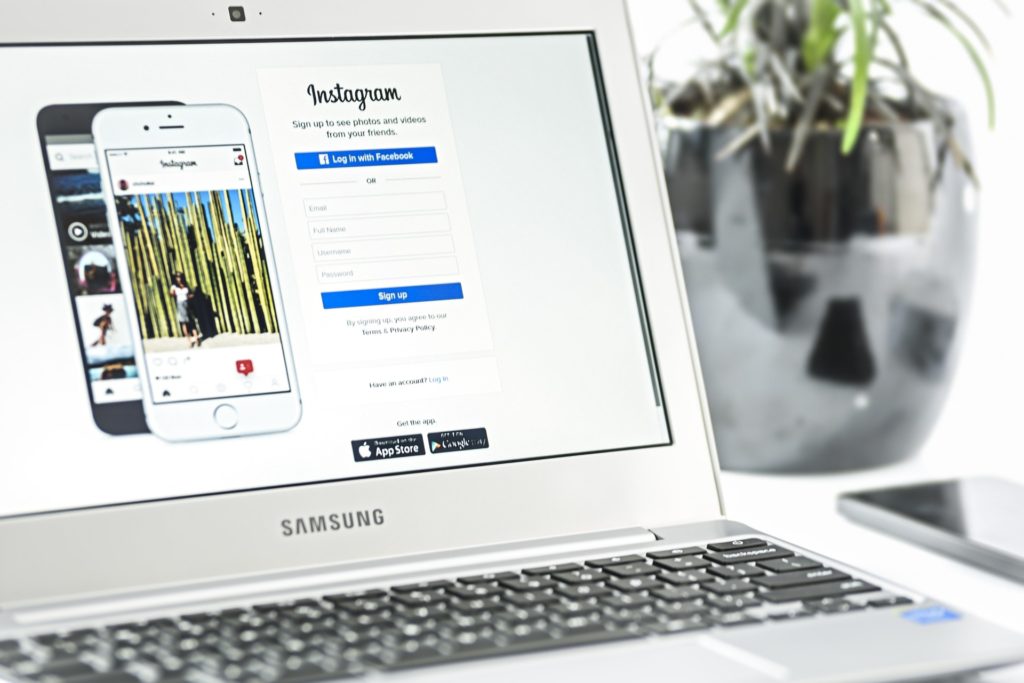
Your Instagram account somewhat works like a digital collage of your artworks.
When people love your content, they could easily hit the follow button to keep abreast with your latest works.
Hence, every post that you create can also make or break your chance of attracting new followers and of keeping your current followers active and engaged.
And for the record, Instagram has more than 1 billion active users monthly. You certainly want to make the most of your 1 billion chances of making it big as an artist through Instagram marketing. Don’t forget to put a link to your website on your bio.
Moreover, Instagram isn’t Instagram without the use of hashtags. So, use the power of hashtags to your advantage.
If you have a new account, you may want to avoid using hashtags with more than 1 million posts. Chances are your post will just be eaten by popular contents that are using such hashtag.
It’s better to stick with small to medium hashtags. So, I couldn’t emphasize enough the importance of doing your research. And before I forgot, please set your account to the public and experiment with Instagram stories.
4. Facebook
At this point, you might have wondered why I placed Facebook in the bottom of the list even though it’s the largest social media network with 2.41 billion monthly active users as of the second quarter of 2019.
Without a doubt, Facebook is the most popular social media for artists. However, it isn’t the most effective platform to organically increase brand awareness, widen your reach, drive traffic, and attract sales and conversions.
Your success on Facebook is largely influenced by how much money you spend on ads, and just like with other platforms, your success isn’t also guaranteed.
Alongside your expenses from ads, you still need to create high-quality content consistently.
Hence, if your ad copy is sloppy, it won’t still convert into sales, leads, or increased engagement no matter how much you spend in running the ad.

Also, Facebook posts, just like with Instagram, are not evergreen. This means that your posts today can easily die out in the search results in a matter of days, with the exception, of course, if a certain post is being consistently boosted.
Also, for Facebook to show your post to more people, there should be engagement. Hence, it’s one thing that your post should be winning, and another thing that you should always be ready to respond to comments and interact with your followers.
Needless to say, these trivial tasks would eat so much of your precious time.
But should you keep a Facebook page? Personally speaking, I believe you should since the majority of Internet users are using Facebook.
You can’t just disregard that fact. It is okay if you don’t want to spend on ads, what matters here is that your audience and target market can find you on Facebook.
If your Facebook page is still new, you can pay to promote it or run campaigns to increase your reach and brand awareness.
It’s a quick way to get you started with a few hundred or a thousand followers.
And from there, you can lessen your budget on ads or you can stop running ads. I
nstead, you can direct your focus on creating and sharing high-quality and engaging content regularly.
5. Twitter

Artists may be quick to undermine the value of Twitter since this channel is popularly known to be geared towards communication.
Other than tweeting a message with 280 characters or less (from the original 140-character limit), Twitter can be a precious gem in networking and in relaying your message to your target audience.
Before Instagram, hashtags were already used by Twitter to target specific niches, audience or interest in every tweet.
You can also run a poll on Twitter if you’d like to know the thoughts of your followers about something, or if you just simply want to share a possibly engaging tweet.
Twitter also allows photo and video sharing, so you can also promote your artwork using this platform.
You can also take advantage of Twitter’s 326 million active users every month to promote your business – share a link to your website and your other social media accounts.
Just like with other channels, consistency plays an important role in having a successful presence on Twitter.
It’s also important to take note of the right time to tweet, and the number of tweets that you should share so as not to appear as spammy.
Twitter is also rich with resources being shared by its users every second, which can be a great starting point to widen your horizon as an artist.
It’s also a great channel to keep yourself abreast with the latest in your niches, and it can be a pot of gold for ideas and inspiration that could stimulate your creative juices.
5 Social Media Tips for Artists
1. Pinterest and YouTube posts are evergreens, which mean that the posts in these channels can be active for years even if you just sit and wait.
2. You can still create evergreen posts on other social media platforms. Follow these simple tips on how to ensure that your content never loses its value over time:
a. Create tutorial videos that your target audience will love
b. Make informative posts, infographics, or guides
c. Share some helpful tips and tricks
d. Provide answers to frequently asked questions
e. Don’t forget to use keywords or SEO tactics in your content
3. Don’t try to be ubiquitous. As much as you would like to build your presence to as many social media channels as possible, it’s not just practical. Each social media account demands time and attention. And if you can’t invest enough of these two factors to each social media account, then it’s better to not do it at all. If you do, you’ll just contribute to the statistics but you won’t be a success story.
4. Learn to delegate. If you want to grow your presence online and establish your brand as an authority in your field, you’ve got to let go of some tasks. Focus your time, energy, and attention to what matters the most. And I believe, if you’re an artist that would be your artworks, as well as your business goals.
5. Tame your inner salesman. For many of us, the natural reaction to pushy salesman and telemarketer is to simply ignore or hang up. It’s the same with your approach to social media. It will turn on your favor if you break the monotony of consecutive sales posts. Try sharing your thoughts, creative process, details of your current project, and provoke artistic discourse with your followers. You don’t want to make each post a “sales post.”
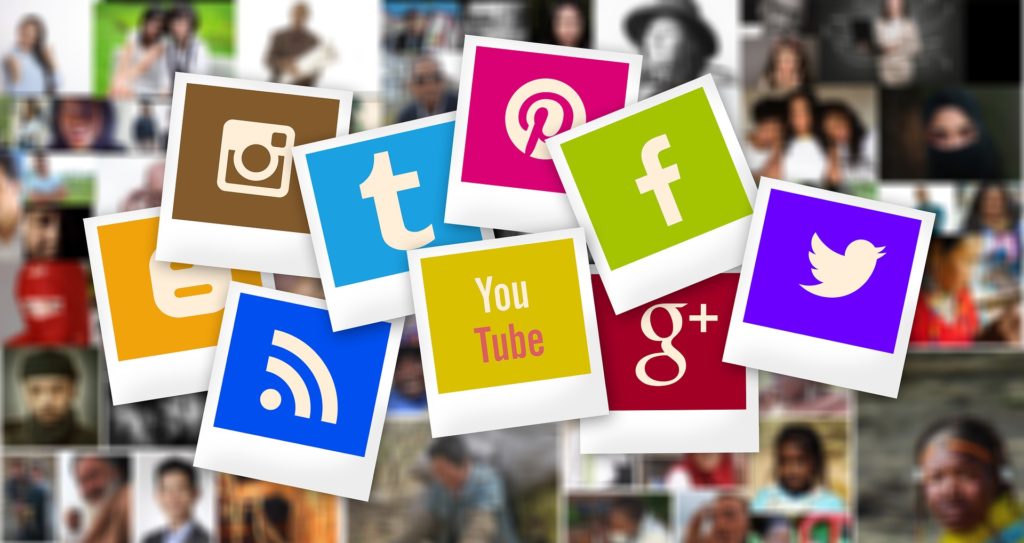
Succeeding in Social Media Promotion Isn’t a Walk in the Park – But It’s Doable!
Building your social media presence, just like in building a successful business doesn’t happen overnight.
You’ve got to put in hours of hard work and tons of patience, especially when the going gets tough. But with the massive success of many artists in their use of social media, it goes to show that it’s doable.
In lieu of this, my final tip would be to follow what these successful marketers, artists, and entrepreneurs have done.
Check out their social media accounts, study their approach, observe their best practices, know what time do they usually post, notice what type of content they share, and so on. The key here is to learn from their success.
Do you have other social media tips that you’d like to share or do you have some questions or concerns? Don’t hesitate to write in the comments below.

